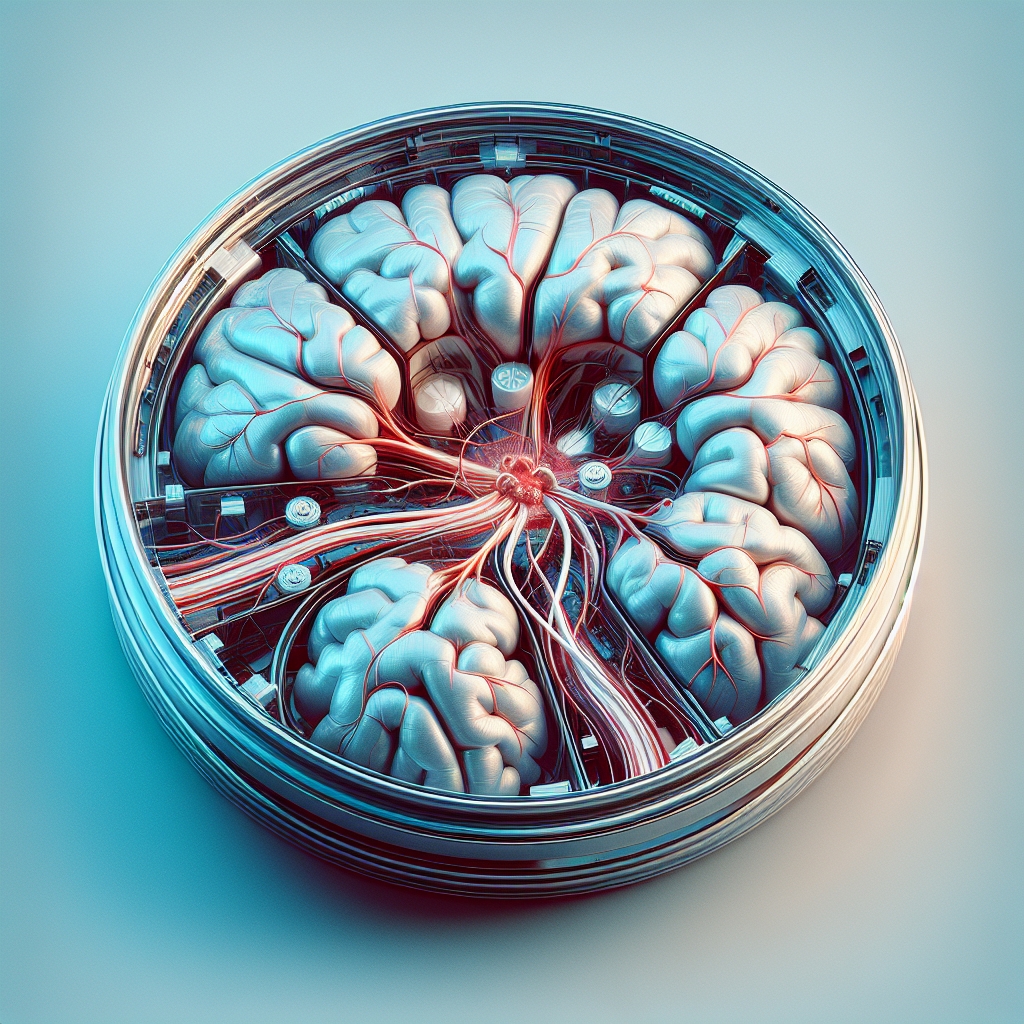Magnetic Resonance Imaging (MRI) is a powerful diagnostic tool that has revolutionized the field of medical imaging. Among the various elements and compounds that play a crucial role in enhancing the quality and effectiveness of MRI scans, gadolinium stands out for its unique properties. This article delves into the reasons behind the use of gadolinium in MRI, exploring its chemical characteristics, its role in improving imaging quality, and the safety considerations associated with its use.
The Unique Properties of Gadolinium
Gadolinium is a rare earth metal, part of the lanthanide series in the periodic table. It possesses several unique properties that make it particularly suitable for use in MRI. One of the most significant of these properties is its high magnetic moment, which is a measure of the strength and orientation of a magnet’s magnetic field. Gadolinium has one of the highest magnetic moments of any element, which makes it highly responsive to magnetic fields. This responsiveness is crucial in the context of MRI, a technique that relies on the manipulation of magnetic fields to create detailed images of the body.
Another important property of gadolinium is its paramagnetic nature. Paramagnetic materials are not permanently magnetized but become magnetized in the presence of an external magnetic field. In the context of MRI, this means that gadolinium can enhance the contrast between different tissues, making it easier to distinguish between healthy and unhealthy tissue. This contrast enhancement is particularly valuable in imaging soft tissues, such as the brain, heart, and liver, where differences in tissue density can be subtle.
Gadolinium as a Contrast Agent in MRI
In MRI, gadolinium is used in the form of a contrast agent, a substance that is administered to a patient before or during the scan to improve the quality of the images produced. Gadolinium-based contrast agents (GBCAs) are compounds in which gadolinium ions are chelated, or bound, to other molecules. This chelation process is important because it significantly reduces the toxicity of gadolinium, making it safe for use in humans.
When introduced into the body, GBCAs circulate in the bloodstream and temporarily alter the magnetic properties of water molecules in the vicinity. This alteration enhances the difference in relaxation times between different types of tissues, which is a key parameter that MRI scanners measure to create images. As a result, GBCAs improve the visibility of internal structures, making it easier for radiologists to detect and diagnose a wide range of conditions, including tumors, inflammation, and vascular diseases.
The use of gadolinium-based contrast agents has become a standard practice in MRI scans that require high levels of detail and contrast. However, the administration of GBCAs is not without risks, and their use is carefully regulated. Patients with kidney problems, for example, may be at risk of developing nephrogenic systemic fibrosis, a rare but serious condition associated with the use of certain types of GBCAs in individuals with severe renal impairment.
Safety Considerations and Future Directions
The safety of gadolinium-based contrast agents has been the subject of extensive research and regulatory scrutiny. In response to concerns about the potential risks associated with GBCAs, the medical community and regulatory agencies have developed guidelines for their use. These guidelines aim to minimize the risk of adverse effects while preserving the significant benefits that GBCAs offer in terms of diagnostic accuracy and patient care.
One area of ongoing research is the development of new gadolinium-based contrast agents with improved safety profiles. Scientists are exploring various strategies, including the design of GBCAs that are more stable and less likely to release free gadolinium ions into the body. Another promising avenue of research is the investigation of alternative contrast agents based on elements other than gadolinium, which could potentially offer similar benefits without the associated risks.
In conclusion, gadolinium plays a pivotal role in the field of MRI due to its unique magnetic properties and its ability to enhance the contrast between different tissues. While the use of gadolinium-based contrast agents has greatly improved the diagnostic capabilities of MRI, it is accompanied by important safety considerations. Ongoing research and regulatory oversight are essential to ensure that the benefits of gadolinium in MRI continue to outweigh the risks, paving the way for even safer and more effective diagnostic imaging techniques in the future.

